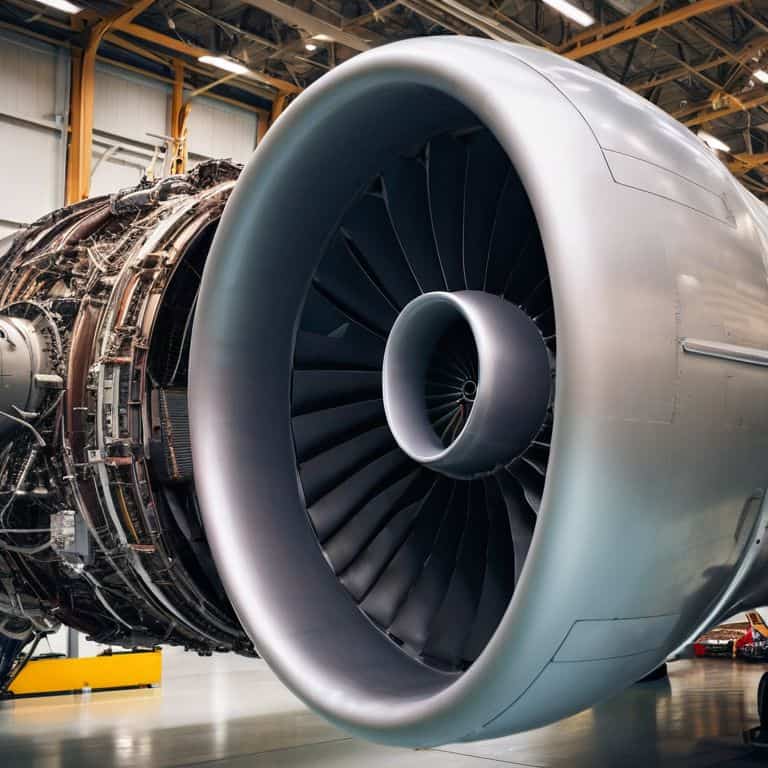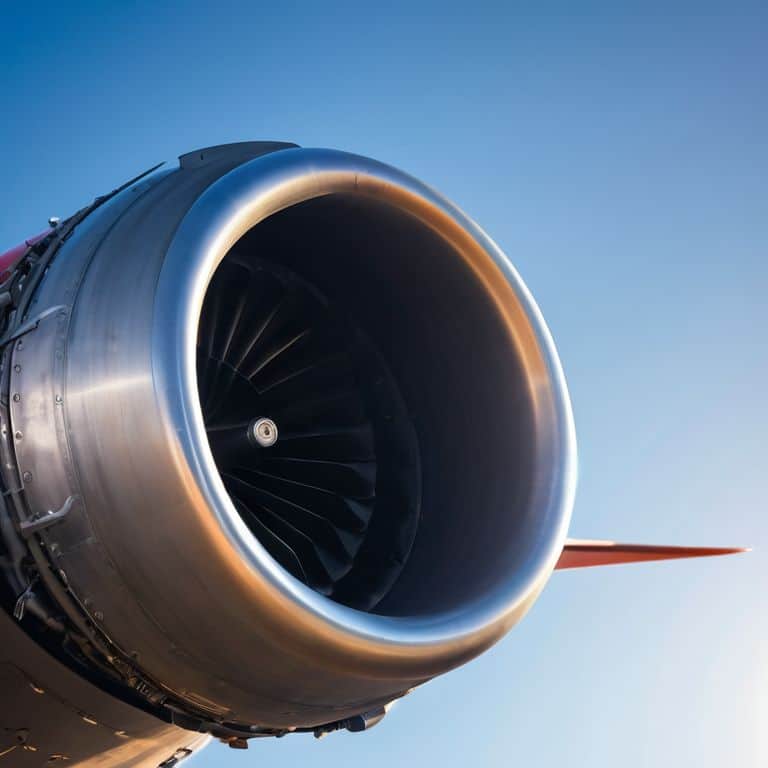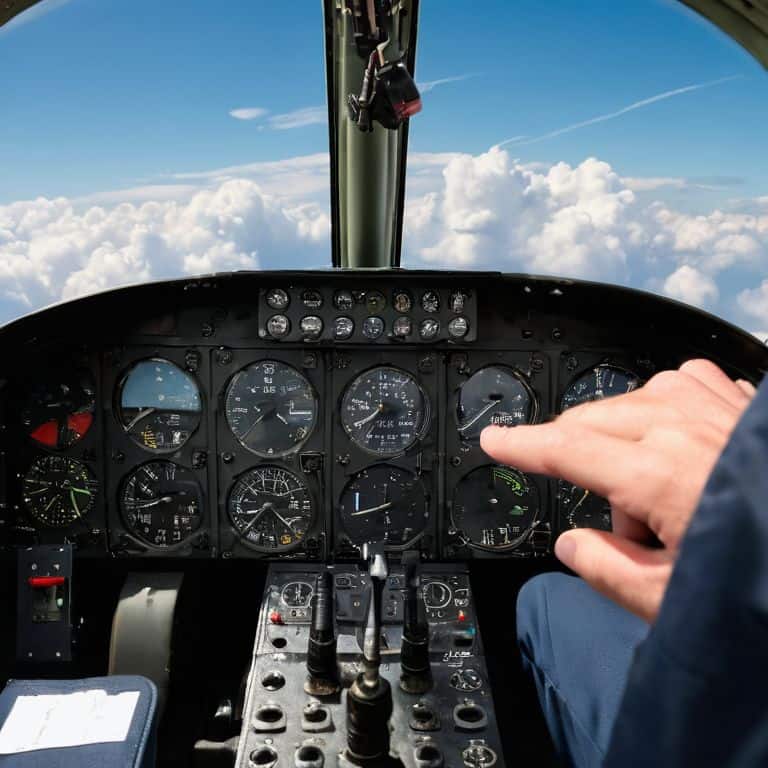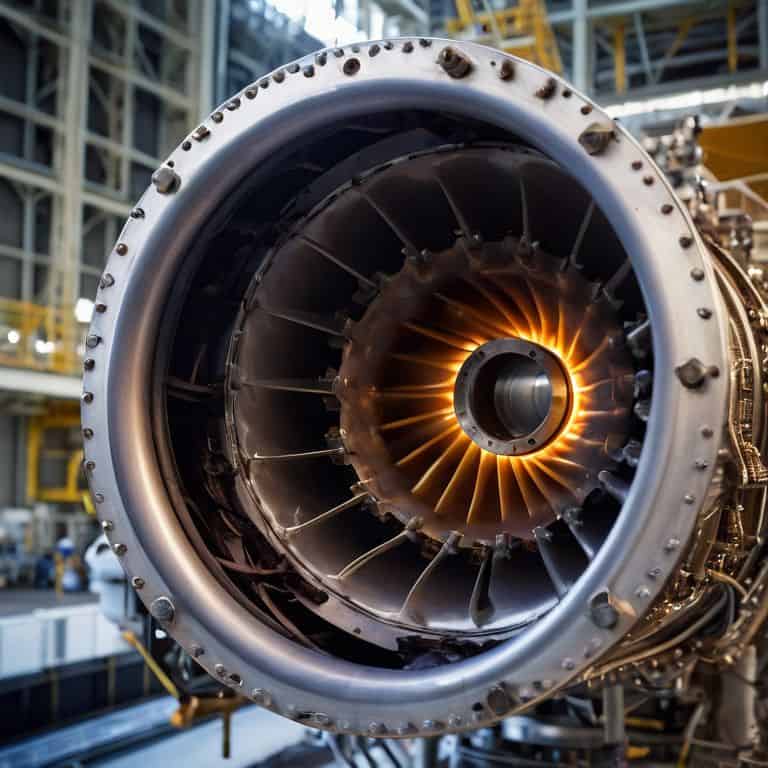As I stand on the flight line, watching a turbofan vs turbojet engines debate unfold among my fellow engineers, I’m reminded of the countless hours I’ve spent designing aircraft. The choice between these two engine types is a critical one, and it’s astonishing how often it’s oversimplified. I’ve seen it time and time again: an engineer, eager to get their design off the ground, rushes into a decision without fully grasping the implications. The result? An aircraft that’s less efficient, less reliable, and less capable than it could be.
In this article, I promise to cut through the hype and provide a no-nonsense look at the turbofan vs turbojet engines dilemma. I’ll draw on my 15 years of experience as a design engineer to explain the key differences between these two engine types, and provide guidance on how to make an informed decision. Whether you’re a seasoned engineer or just starting out, my goal is to empower you with the knowledge you need to make the right choice for your next project. I’ll focus on the first principles that govern engine performance, and provide real-world examples to illustrate the trade-offs involved in selecting a turbofan or turbojet engine.
Table of Contents
Turbofan Engines
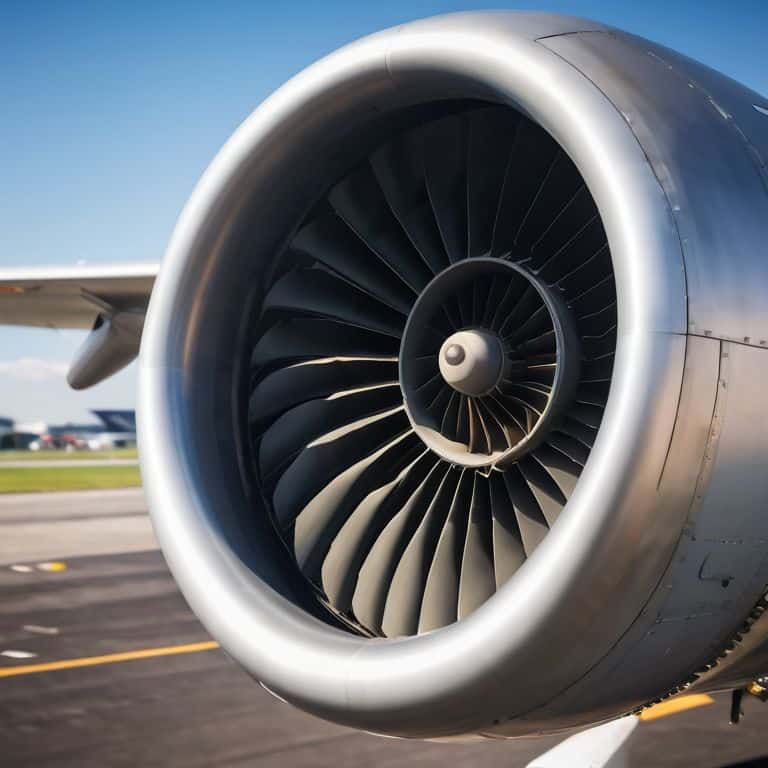
A turbofan engine is a type of jet engine that uses a large fan at the front to generate thrust, with its core mechanism relying on the principle of bypassing a significant portion of the air around the core engine, thereby increasing efficiency. The main selling point of turbofan engines is their ability to achieve higher fuel efficiency due to this bypass design, making them a popular choice for commercial airliners. This design allows for a significant reduction in fuel consumption, which in turn leads to lower operating costs and reduced environmental impact.
As someone who’s spent years designing and optimizing aircraft systems, I can attest to the importance of fuel efficiency in the aviation industry. I recall a project where we managed to increase the range of a commercial airliner by over 10% simply by fine-tuning the turbofan engine’s bypass ratio. It’s experiences like these that highlight the real-world impact of turbofan engines on the aviation industry, and why they remain a crucial component of modern commercial aircraft.
Turbojet Engines
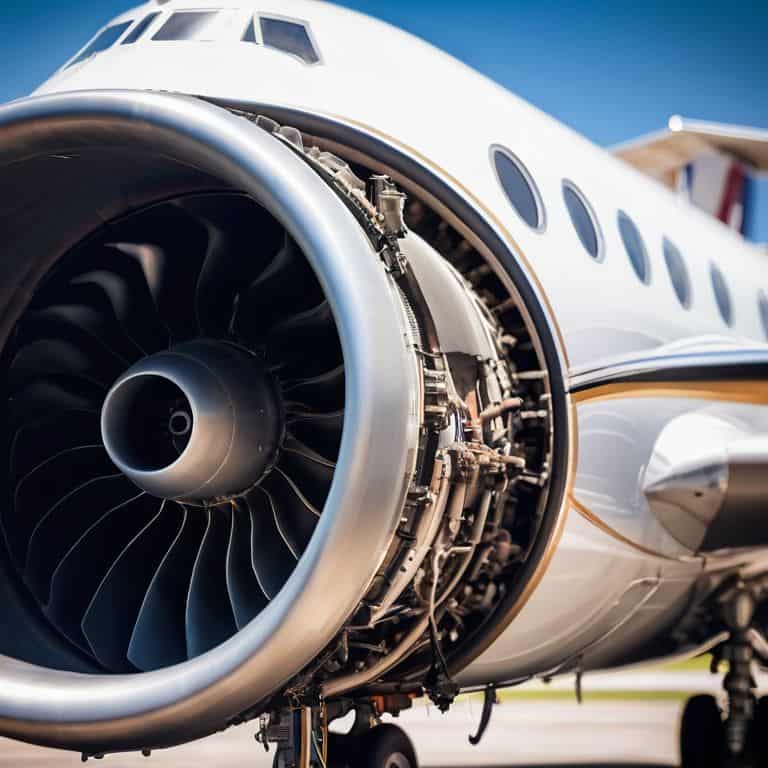
A turbojet engine is a simpler type of jet engine that uses the core engine to generate thrust, with its core mechanism relying on the acceleration of a small amount of air to high speeds, resulting in a significant amount of thrust. The main advantage of turbojet engines is their ability to produce a high amount of thrust relative to their size and weight, making them well-suited for applications where space is limited, such as in military aircraft or small business jets. This compact design allows for increased agility and maneuverability, making them a popular choice for certain niche applications.
As an engineer and aviation enthusiast, I’ve always been fascinated by the raw power of turbojet engines. I remember attending an airshow where a vintage jet performed a series of impressive maneuvers, showcasing the incredible acceleration and climb rate made possible by its turbojet engine. It’s moments like these that remind me of the unique advantages of turbojet engines, and why they continue to play a vital role in certain areas of the aviation industry, despite their relatively lower fuel efficiency compared to turbofan engines.
Turbofan vs Turbojet Engines: Head-to-Head Comparison
| Feature | Turbofan | Turbojet |
|---|---|---|
| Price | Higher | Lower |
| Key Feature | High Bypass Flow | Low Bypass Flow |
| Best For | Commercial Airliners | Fighter Jets |
| Fuel Efficiency | Higher | Lower |
| Thrust-to-Weight Ratio | Better | Worse |
| Noise Level | Lower | Higher |
| Maintenance Cost | Higher | Lower |
Turbofan vs Turbojet Engines
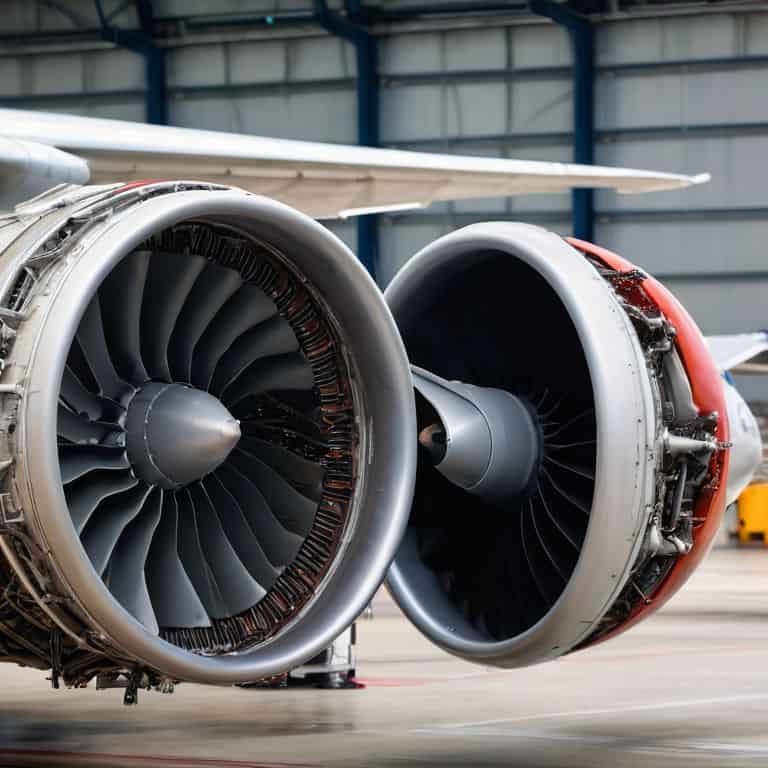
When it comes to turbofan vs turbojet engines, the type of engine used can significantly impact the overall performance and efficiency of an aircraft. This is why understanding the differences between these two engine types is crucial for aircraft designers and engineers.
In a head-to-head comparison, turbofan engines tend to have a higher bypass ratio, which allows them to achieve greater efficiency at high altitudes. On the other hand, turbojet engines are more suited for high-speed, low-altitude flights due to their simpler design. This difference in design has significant practical implications, as turbofan engines are often used in commercial airliners, while turbojet engines are commonly found in military aircraft.
In terms of overall efficiency, turbofan engines are generally the clear winner. Their ability to reduce fuel consumption while maintaining performance makes them an ideal choice for many aircraft applications. Therefore, when it comes to turbofan vs turbojet engines, turbofan engines take the lead in this specific category due to their superior efficiency.
Key Takeaways: Turbofan vs Turbojet Engines
Turbofan engines offer better fuel efficiency and lower operating costs compared to turbojet engines, making them a preferred choice for commercial airliners and long-haul flights
Turbojet engines, on the other hand, provide higher thrust-to-weight ratios and are often used in military aircraft, supersonic jets, and other applications where raw power and speed are prioritized
The choice between turbofan and turbojet engines ultimately depends on the specific requirements of the aircraft, including factors such as flight distance, payload capacity, and intended use, highlighting the importance of careful consideration and analysis in engine selection
The Heart of the Matter
The choice between turbofan and turbojet engines is not just about performance or efficiency, but about understanding the symphony of airflow, pressure, and combustion that makes flight possible – and that’s what makes it so fascinating.
Simon Foster
The Final Verdict: Which Should You Choose?
As we conclude our comparison of turbofan vs turbojet engines, it’s clear that each has its own set of advantages and disadvantages. Fuel efficiency is a key differentiator, with turbofan engines generally offering better mileage. However, turbojet engines provide a significant boost in terms of raw power and speed, making them ideal for certain high-performance applications. By considering factors such as flight duration, cargo capacity, and intended use, we can begin to see which type of engine is best suited for a particular task.
Ultimately, the choice between a turbofan and a turbojet engine depends on the specific needs of the user. For commercial airliners and long-haul flights, turbofan engines are the clear winner due to their efficiency and reliability. On the other hand, military jets and high-performance aircraft may prefer turbojet engines for their sheer power and acceleration. As an engineer, I’m excited to see how these technologies continue to evolve and improve, and I hope this comparison has provided valuable insights for those looking to choose between these two titans of thrust.
Frequently Asked Questions
What are the key differences in fuel efficiency between turbofan and turbojet engines?
When it comes to fuel efficiency, turbofans outshine turbojets due to their higher bypass ratios, which allow more air to be accelerated with less fuel burn. In simple terms, turbofans are like marathon runners, optimizing energy use for longer flights, whereas turbojets are sprinters, burning more fuel for raw power.
How do turbofan and turbojet engines compare in terms of maintenance and operational costs?
When it comes to maintenance and operational costs, turbofan engines generally have the upper hand. With fewer moving parts and a more efficient design, they tend to require less frequent overhauls and consume less fuel, resulting in significant cost savings over time.
In what scenarios would a turbojet engine be preferred over a turbofan engine, and vice versa?
When raw speed is paramount, turbojets shine, such as in military or high-performance applications. Conversely, turbofans shroud their cores, making them ideal for commercial flights where efficiency and lower noise levels are key.
